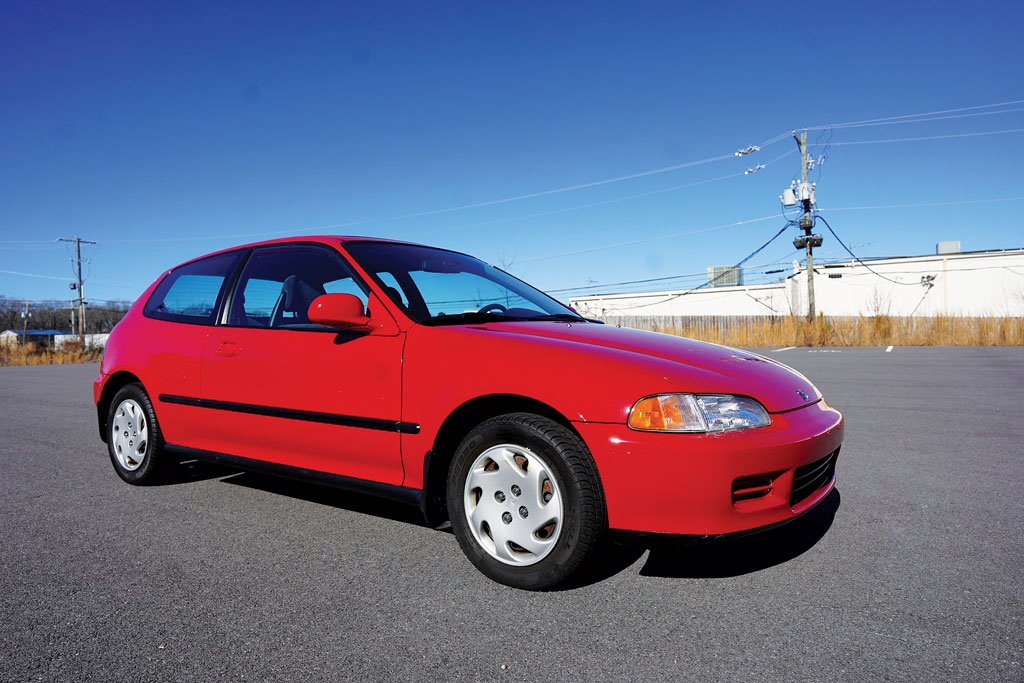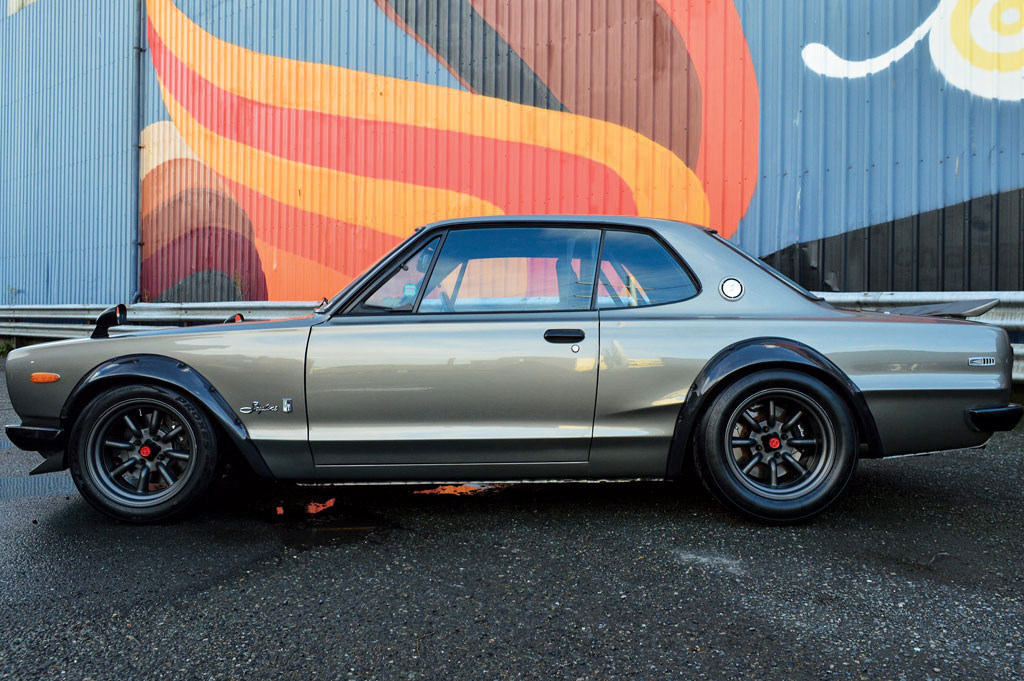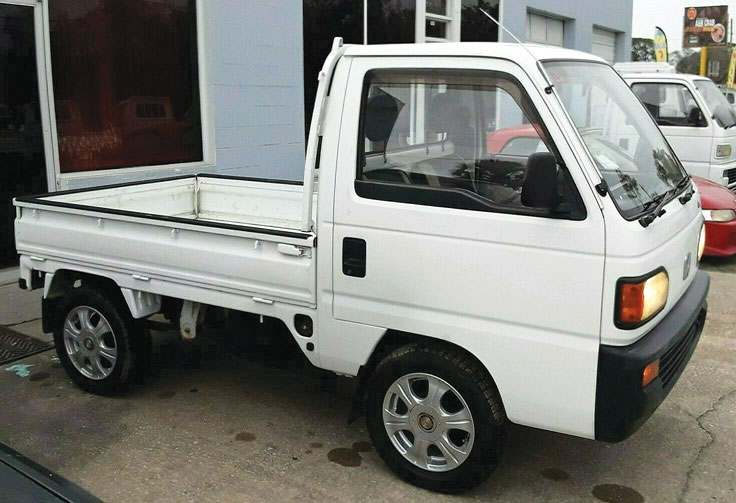
1995 Honda Civic Si hatchback
Lot #43062. S/N 2HGEH3386SH503310. 84,000 miles shown. “1.6-liter D16Z6 VTEC inline 4, 5-speed manual transaxle, Milano Red exterior, gray cloth interior, power-operated sunroof, air conditioning, factory cassette stereo.” Condition: 1-. SOLD AT $18,900, Bring a Trailer, 2/11/2021.
For two decades now, the fifth-gen Civic hatchback has been a go-to for many enthusiasts looking to modify an affordable car for track and street use. Most owners want to make these cars their own with new wheels and engine modifications. This Si comes equipped with the 125-hp SOHC VTEC engine, which is plenty of fun in a car weighing just a little over a ton. That doesn’t stop owners from ripping it out and replacing it with something more powerful, however.
This makes stock examples nearly impossible to find, an analysis that bears repeating, especially when it comes to Civics. On the rare occasions when a car like this comes to auction, previous examples have sold around the $10k mark. Unfortunately, it seems they won’t be staying this cheap forever. This sales price is the highest I have seen for a stock fifth-gen Si.
There may still be time to search out the nicest Si hatchback you can find within your budget before their prices soar like the CRX. Well bought and sold.
1972 Nissan Skyline

Lot #42806. S/N KGC10035175. 42 miles shown, TMU. “3.2-L inline 6, Jenvey Dynamics ITB fuel injection, 5-speed manual gearbox, R200 limited-slip differential, refinished in Limestone Gray Metallic, black vinyl upholstery, Recaro LX seats, 16-inch Watanabe wheels, T3 front coil-overs, four-wheel disc brakes, stainless-steel exhaust system.” Condition: 1-. SOLD AT $140,000, Bring a Trailer, 2/9/2021.
The 240Z going from a $15k car to a $100k car shocked many owners and other enthusiasts on the sidelines. Modified Nissans (Datsuns included) from the 1970s have also shot up in value these past couple of years. Nissan’s L series coupe from the same era has seen a big upswing too.
Some of the allure of the C10 Skyline is that we never received them in the U.S. Mechanically, they are similar to the 240Z, yet the Skyline shape is like a more grown-up version of the Datsun 510. Both are popular collector cars in Japan, where owning a car like this means a dedication to preserving it at the cost of a garage spot and the high fees for old-car registration. This causes the baseline price of these to be higher.
As for this car’s hammer price, it is far above what I would have expected. Four years ago, this car sold for $87k, and the last C10 I covered (in the November 2020 issue) only sold for $60k. Did this car really appreciate this much in the past couple of years, or did someone just have to have it no matter the price? I think it might be a little of both. Well sold.
1993 Honda ACTY

#164689210875. S/N HA42097825. 162,625 kilometers (101,050 miles). “660-cc engine, a/c, and a factory 5-speed manual transmission with real-time 4WD.” Condition: 3-. SOLD AT $5,025, eBay Motors, 2/13/2021.
Most cars I cover I am either really excited about or I feel are on the verge of becoming collectible. I want to take a break from that to focus on kei cars (and trucks and some vans), models that are often found alongside the more-desirable inventory at Japanese importers.
Kei cars, or keijidōsha, are the smallest vehicles available in Japan that can also travel on the highway. Their length and width are regulated, along with engine displacement and power. The sacrifice in size is made up for by lower sales taxes, lower gas taxes and less-expensive registration (although some of this has changed recently). Because of their unique restrictions, kei cars have been viewed as more of a disposable car in Japan.
Many of these older kei cars are now being sold to importers for very little because the alternative is paying to recycle them. Importers can buy sub-$1,000 kei cars, spend around $1,500 to bring them to the U.S., then double the price to retail them here at $5,000 or more. This means it is worth investigating importing one on your own if you truly want a kei car.
But it’s important to know what you’re getting into. A kei truck like this Honda ACTY may seem like cheap transportation, akin to buying an ’80s Ford Ranger. Unlike a Ranger, you can’t walk into your local parts store for a new set of brake pads. You will end up needing to hunt down parts in Japan, or have someone source them for you, paying a high price for shipping.
Considering all this, I have to call this example well sold. ♦